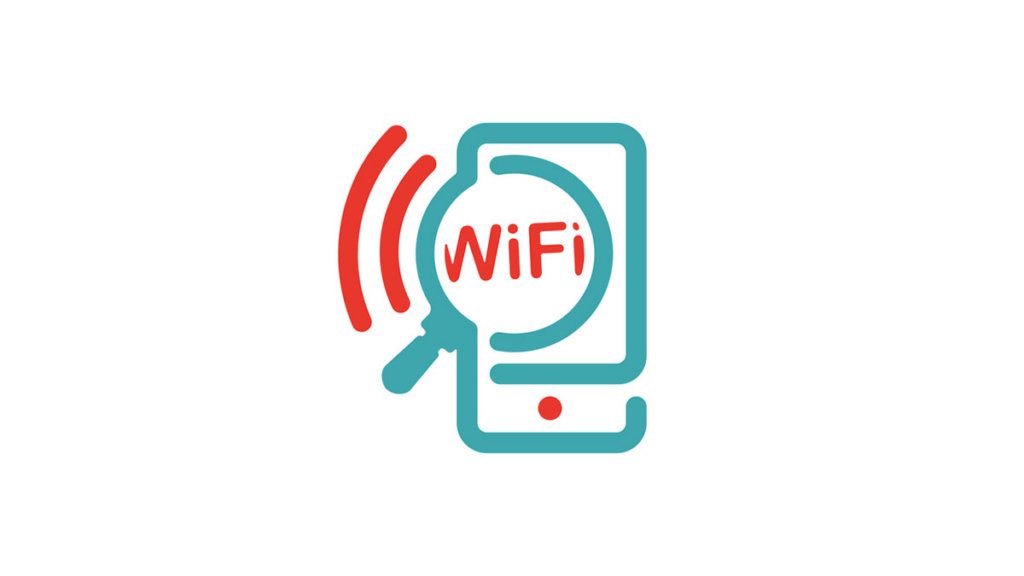Voice traffic has consumed the airwaves of cellular and Wi-Fi networks for years now, being popular with subscribers and a revenue source for operators. Wi-Fi calling is rapidly expanding as a valued service for subscribers. Operators who offer Wi-Fi calling on their own Wi-Fi networks have a unique advantage to provide a superior Wi-Fi calling user experience. Operators have significantly expanded their networks while greatly improving performance and ease of access for subscribers. As a result, operators can successfully offer Wi-Fi only voice services, or Wi-Fi preferred services in cooperation with a macro cellular operator. Furthermore, the deployment of LTE networks has made handovers between Wi-Fi and cellular operators much more achievable compared to legacy 3G networks. What are the recent developments to be aware of? How can these developments be leveraged?
Voice over Wi-Fi
Manufacturers, operators and the WFA are taking several initiatives to make voice calling on Wi-Fi substantially more available, reliable and easier to use. Operators are expanding the size and capacity of their networks, and adding 5Ghz radios, to help ensure the sufficient network capacity. Device manufacturers are improving the voice calling friendly Wi-Fi capabilities of their smart phones. Through CableLabs testing services, we have recognized that device manufacturers are also delivering on improved Wi-Fi RF performance that enhances voice calling quality and connectivity. Read more on RF performance tests from a past blog post, “Are all Wi-Fi Channels Created Equal?” The WFA has a number of device certifications in place, and in development, that help make Wi-Fi calling much more seamless with reliable performance. Recent industry trends indicate accelerating growth of voice calls over Wi-Fi networks.
All IP Wi-Fi and Cellular Handovers Thanks to LTE
LTE is a 4G cellular air interface well suited for VoIP calling. Unlike circuit switched 3G networks, LTE provides low latency all IP mobile access. VoIP services, including VoLTE, can be deployed as an application over the LTE data service. Therefore, a single VoIP application can be used over both LTE and Wi-Fi access. Handovers among Wi-Fi and LTE networks are about managing the IP address (or network address) presented to the VoIP client on the smartphone. Operators can manage this either in their core networks, or at the VoIP application itself. Today’s options with LTE are much simpler than attempting handovers between IP based Wi-Fi networks and circuit switched based 3G voice networks.
It is not strictly necessary for the Wi-Fi operator to arrange a relationship with an LTE operator in order to provide continuous voice service to subscribers across Wi-Fi and LTE networks. A relationship can, however, provide additional levels of network integration using standardized interfaces that may improve the handover experience depending upon the capabilities of the LTE network.
Device Configuration Impacts User Experience
Device configuration has a direct impact on the user experience. Operators have deployed Over The Top VoIP applications on mobile devices to offer a compelling voice service while on either Wi-Fi or LTE networks. These applications may also provide service across Wi-Fi and LTE networks with varying degrees of user involvement. OTT applications often include their own custom dialers.
Operators that build direct relationships with device manufacturers may implement further optimizations to enhance the user experience. The mobile device can be optimized to support faster handovers using air interface parameters not normally available to applications. The device can be customized to exploit mobility and network selection optimizations that may include additional interfaces with network servers. Furthermore, the device can make use of the native dialer for voice services, regardless of Wi-Fi or LTE access..
Network Selection
The best user experience starts with network selection. When should a Wi-Fi or LTE network be automatically selected by the device? Network selection per operator policy can provide subscribers more seamless and reliable voice calls. The operator’s network can either direct the smart phone to the proper network, or the operator can provision a policy so that the device can execute network selection. Many vendors offer proprietary solutions for network selection. Wireless forums such as the Wi-Fi Alliance and 3GPP are specifying standard device interfaces to support operator provisioned network selection policy.
Summary
Wi-Fi calling is growing rapidly. More operators offer voice over Wi-Fi services. Wi-Fi operators are expanding the reach of their Wi-Fi networks while improving performance, which can provide superior service to their Wi-Fi calling subscribers. LTE networks provide an opportunity to offer simplified and more seamless all-IP handovers between Wi-Fi and cellular networks. Industry trends among operators, manufacturers and wireless forums point to greater use of voice over Wi-Fi by subscribers, which means increased opportunities for operators.
Bernie McKibben is a Distinguished Technologist at CableLabs.
